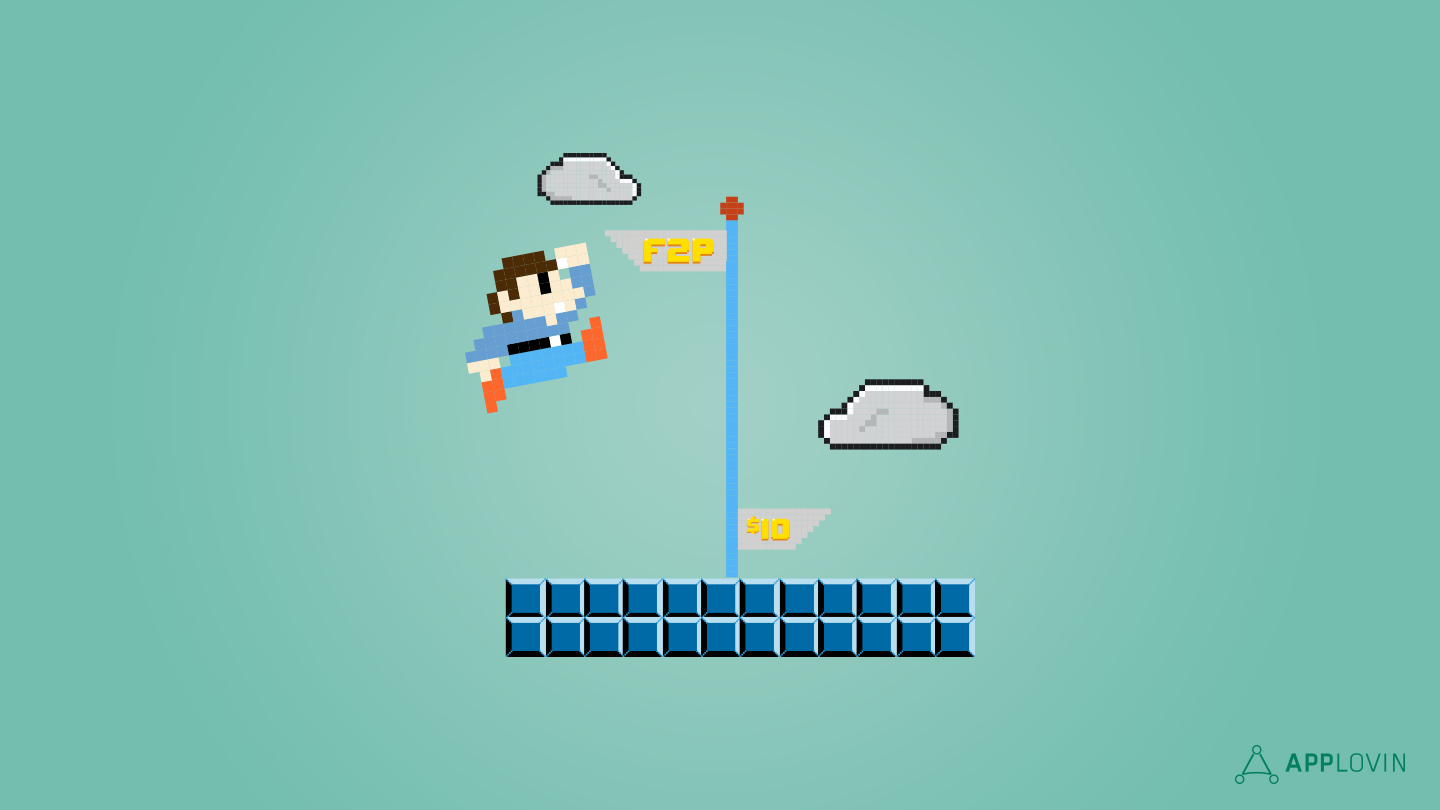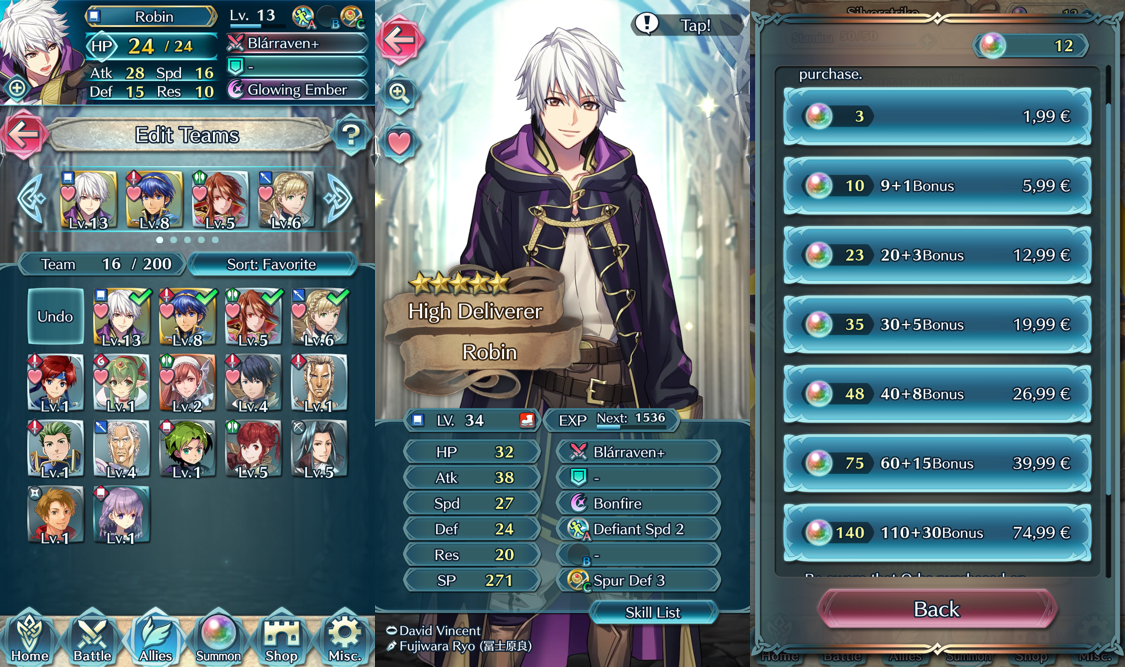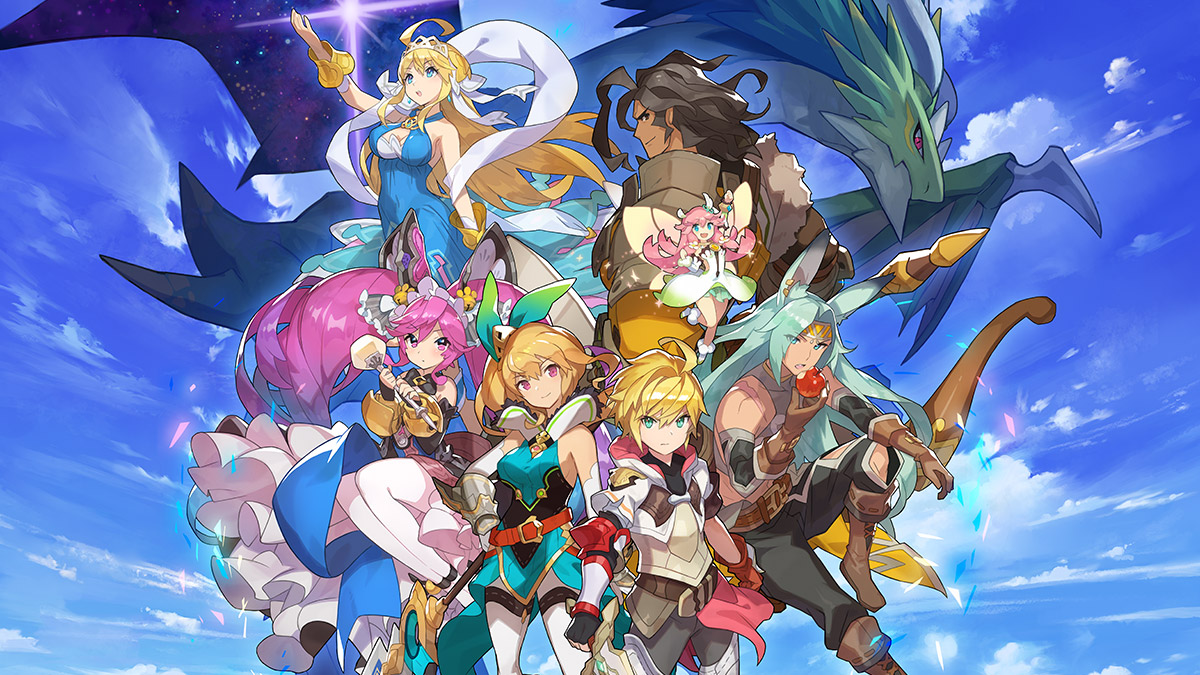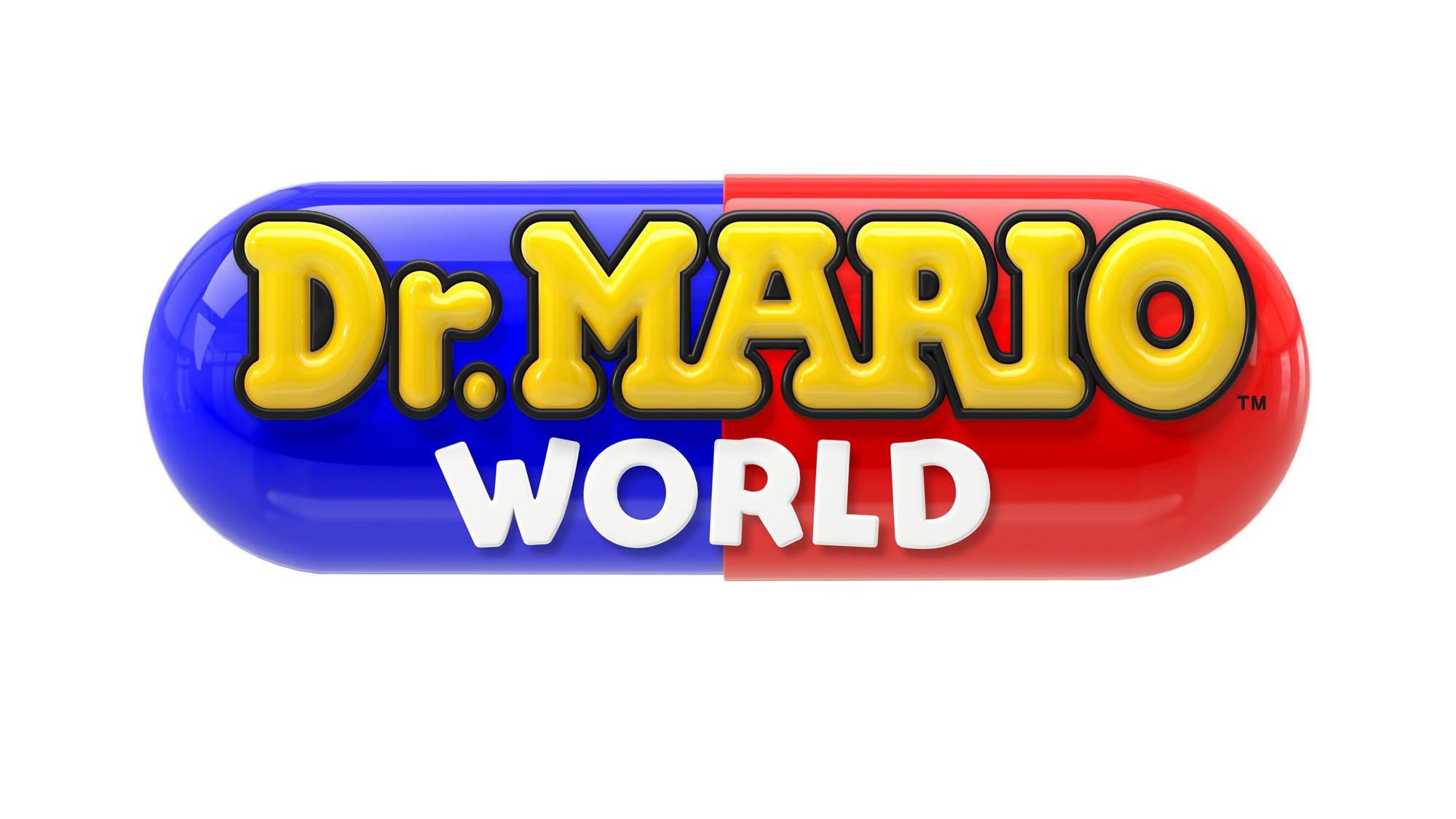AppLovin
Browse all resources
Browse by type
Browse by product
Nintendo is a name that we all take notice of. Its brand recognizability is significant enough that even people who don’t play games will still know the name, Mario. Despite the kind of brand strength that many rivals would be envious of, the company has yet to stake its claim in the mobile gaming market, despite numerous attempts with moderate success.
Let’s take a look into what the console giant has attempted on mobile and what steps it should take to become a mobile gaming powerhouse.
It’d be foolish to suggest that Nintendo has flopped entirely on mobile. Its release of Super Mario Run in December 2016 led to it becoming the fastest-growing app in iOS history, having been downloaded more than 50 million times worldwide during its first week of release. By the end of 2018, it had achieved 300 million downloads, though most users didn’t convert to paying $10 for the full experience.
To put this into perspective, Super Mario Run exceeded Pokémon Go‘s previously held record for most first-week downloads while also grossing over US$5 million in that first week. For any other title, that would be considered a huge success. However, it still missed some of its anticipated metrics. Nintendo’s stocks dropped over 18% within the first two weeks of its release as Super Mario Run lost its place as the highest grossing app. People downloaded the game but few purchased the full game with only about 5% doing so.

According to the Wall Street Journal, that’s a conversion rate on a par with titles made by King and Zynga, but it was still lower than Nintendo ideally wanted and expected. As Nintendo’s president, Tatsumi Kimishima, explained at a quarterly earnings report a week after release, Nintendo had “not yet reached an acceptable profit point” but it had “learned a lot in terms of game development and deployment” on mobile platforms. By July 2018, Sensor Tower estimated that Super Mario Run had generated a total of $60 million. That’s a far cry from the mobile titles that followed it.
Essentially, Nintendo has learned as it’s gone along. Fire Emblem Heroes was its next mobile title and it was a huge success. As of September 2018, it reached 14.1 million downloads and grossed $437 million, a vast number in terms of gross sales compared to Super Mario Run‘s mediocre success, yet a far lower number of downloads. People may have downloaded Super Mario Run in their droves, but that didn’t translate to in-app purchases in the way that it did for Fire Emblem Heroes.
But then came Animal Crossing: Pocket Camp, a title that garnered much hype but failed to translate it to retention and in-app purchases. It took Pocket Camp about two months longer than Super Mario Run to reach the $50 million spending marker—something that Fire Emblem Heroes took a mere 20 days to achieve. One of the reasons Pocket Camp failed to drive revenue is that the core game loop just wasn’t urgent or compelling enough, forcing players to continually go on fetch quests in order to build furniture to attract more friends, which got stale quickly.
And then there was Dragalia Lost. The action RPG is a result of a partnership between Nintendo and Cygames which in turn is part-owned by mobile giant, DeNA. Forming a partnership was a significant change of tact by Nintendo but it looks like it’s working. Figures released are limited due to Dragalia Lost only being released in a handful of countries in September 2018, but results are already promising.
In its first month, Dragalia Lost grossed an estimated $28 million worldwide with $23 million of that coming from the US and Japan alone. That makes it Nintendo’s second largest mobile launch in those two countries behind Fire Emblem Heroes. More notable is that Dragalia Lost is Nintendo’s best mobile launch in terms of the ratio of downloads to player spending. In the US and Japan, it was installed an estimated 1.3 million times in its first month, which places its average revenue per download at nearly $18—about three times more than Fire Emblem Heroes achieved at that time.
So, what makes the difference between Nintendo’s games? A few key factors stand out here.
As Nintendo’s first release, Super Mario Run suffered from one critical issue: how its in-app purchases were designed. Or should we say, how its in-app purchase was designed. Super Mario Run was a free download that required a $10 in-app purchase to unlock the full game. That’s a small price to pay if you’re used to buying the latest Mario game for consoles, but on mobile, it was a restrictive option. Players are used to unlocking small segments of games either by waiting or paying small sums of money in exchange for boosts. Particularly at the time of release in 2016, $10 was a lot of money to spend on ‘just’ a mobile game, especially when there were so many other freemium titles already out there.

Source: Nico Verbruggen
Nintendo learned quickly when it came to Fire Emblem Heroes. The game has a multitude of microtransactions ranging from $2 up to $75. Despite having a smaller install base than Super Mario Run, it’s proven to be more financially lucrative as people are typically more likely to spend a couple of bucks than anything in double figures. Even if they end up ultimately spending far more than the $10 Super Mario Run requests at the start.
The microtransaction trend has continued with both Animal Crossing: Pocket Camp and Dragalia Lost, but it’s the latter that’s proven far more successful than the former. So what makes the difference?
When a new Mario game comes out for smartphones, it competes with itself on Nintendo’s consoles. That’s a similar case for Animal Crossing: Pocket Camp. If you love either franchise, you probably already own a Nintendo console with those games. In particular, Animal Crossing: New Leaf on the 3DS has continued to be a huge success with players able to return to it for years if they want.
Similarly, many people have already played a Mario game on a console, and see no reason to invest in an auto-runner version on their phone. Mobile gaming is the perfect place for experimentation rather than reinforcing what’s already available.
On the other hand, Fire Emblem Heroes is based on a tactical RPG series available on consoles, but it’s gameplay is quite different from those titles. It’s far more casual friendly and something that mobile gamers can pick up and play, differentiating itself with gameplay that’s tailored to mobile. It’s straight-forward to learn while tossing in familiar mobile mechanics like an energy/stamina system.

Dragalia Lost is a brand new IP for Nintendo, which means it didn’t have the expectations tied to an established franchise. Instead, it’s an action RPG game that takes elements from other titles on mobile, but with a Nintendo-style flourish. Effectively, Dragalia Lost and Fire Emblem Heroes are tailored to mobile, rather than Nintendo trying to transplant what worked on its console franchises to smartphones.
How people consume games is vastly different on mobile. On a console format, players are happy to spend $40-$50 on a game, even if it only lasts them a dozen hours or so. In contrast, players want to be able to play a mobile game for many hours over numerous days or weeks, but at a far lower cost. It’s a concept that feels contradictory, yet has worked well for mobile publishers. Nintendo needs to veer away from expensive one-off IAPs and focus on making small sums of money at a time. Microtransactions appeal to both young and old, as it feels less like spending money, and helps keep players engaged with new content. Tapping into the ‘impulse purchase’ price is key to financial success on mobile for Nintendo.
For its consoles, Nintendo needs to focus on established IPs like Mario and Zelda, but that’s not the case with mobile. By chasing their own IPs on mobile, they’re restricting themselves and places it in direct competition with the Nintendo Switch, which is considered the company’s ‘primary sales’ objective.
Variation is key here, using some of the traditional Nintendo magic that succeeds so well in making it stand out from the crowd, while also not relying too much on names that are available elsewhere.
Keeping things casual friendly is a concept that Nintendo is no stranger to. It’s key to its success on mobile. As a format, mobile gaming attracts people who play games but don’t regard themselves as a gamer. A recent survey found that the top four qualities that make a good mobile game are that they’re free, easy to play and understand, challenge the brain, and have short sessions. All of which are something that Nintendo should and can implement in its titles.
Summer 2019 looks busy for Nintendo’s future mobile efforts. Mario Kart Tour has been delayed until then with Dr. Mario World also announced for the same release period. Curiously, no further details have been released about Dr. Mario World, though some have speculated that it could be a match-three puzzle game. Again, Nintendo is relying on its brand familiarity so it’ll be interesting to see how these two games play out.

If Dr. Mario World is like any other Dr. Mario games, it’ll primarily compete with the likes of Candy Crush Saga—an already strongly established IP that’s going to take some effort to topple. Mario Kart Tour is a more unusual proposition for mobile, as presumably, it’ll implement multiplayer in some fashion. It’ll be tough to translate the addictiveness of playing the game side by side with friends, but perhaps with a gacha style unlock system, it could reap rewards for both Nintendo and its player.
For now, the future isn’t quite as bright for Nintendo on mobile as it is in the console sector, despite its strengths usually lying in captivating the casual gaming market. That’s becoming a problem for the Japanese giant. Mobile is the largest gaming platform in the world and it’s clearly not going anywhere. By not grasping this opportunity now, Nintendo is potentially ignoring a platform that will allow it to distribute its games beyond the reach of its consoles. The switch to games-as-a-service is steadily growing and is moving things away from more traditional revenue models that Nintendo continues to prioritize. While the company isn’t drifting by any means right now, Nintendo needs to keep on top of this rapidly changing landscape before it falls behind irrevocably.